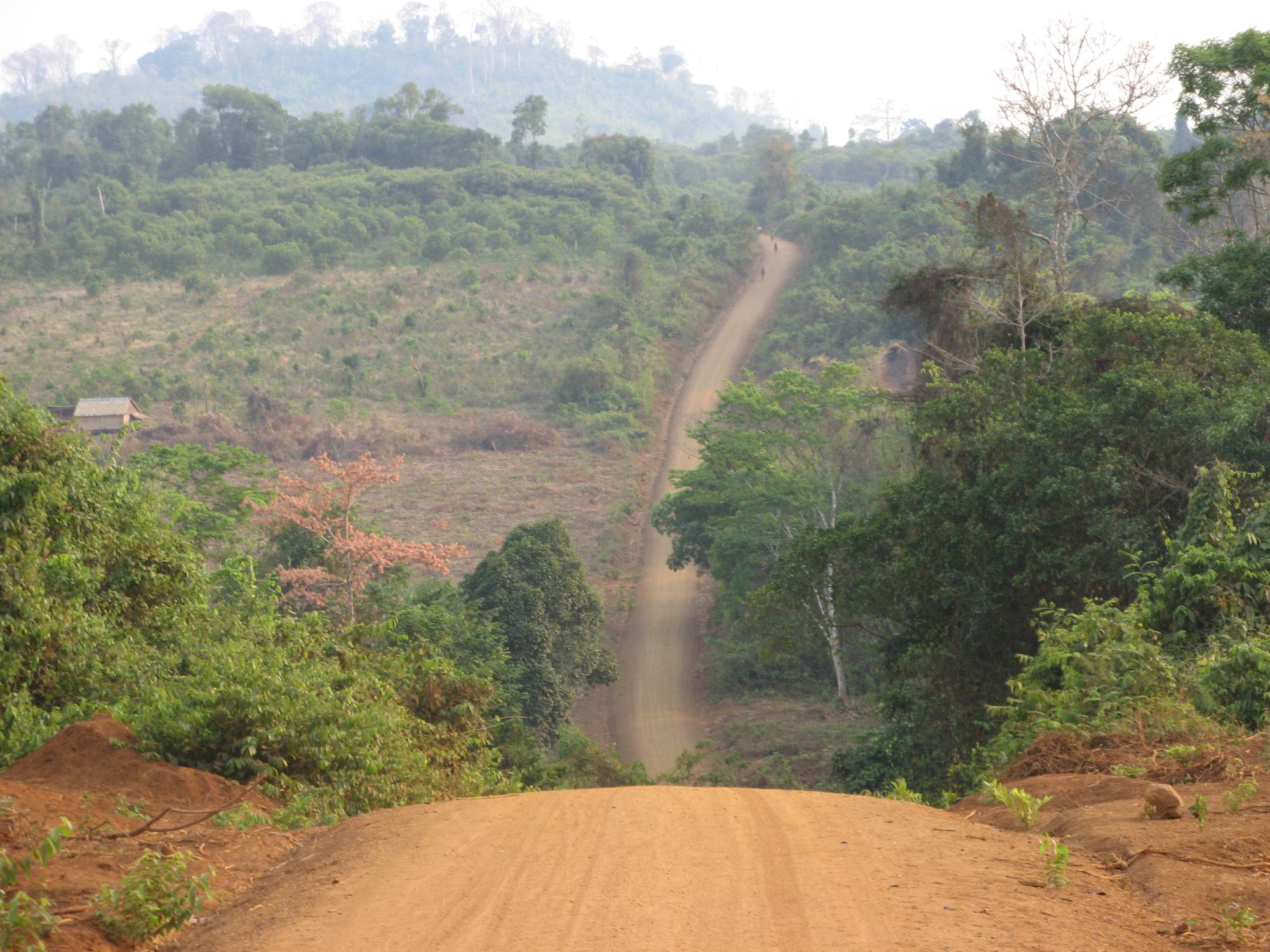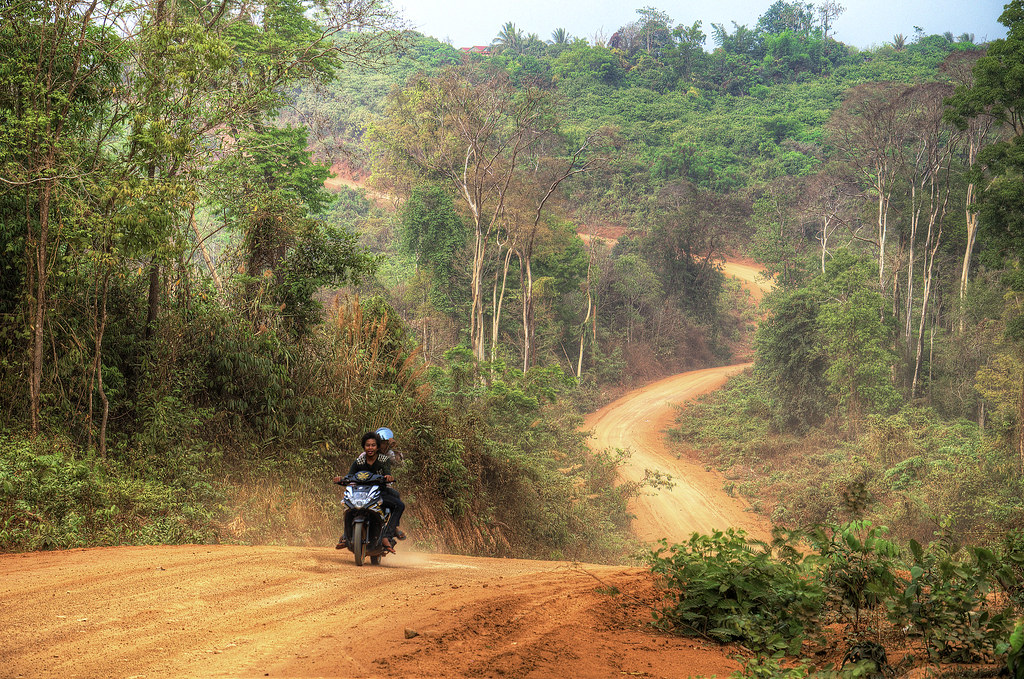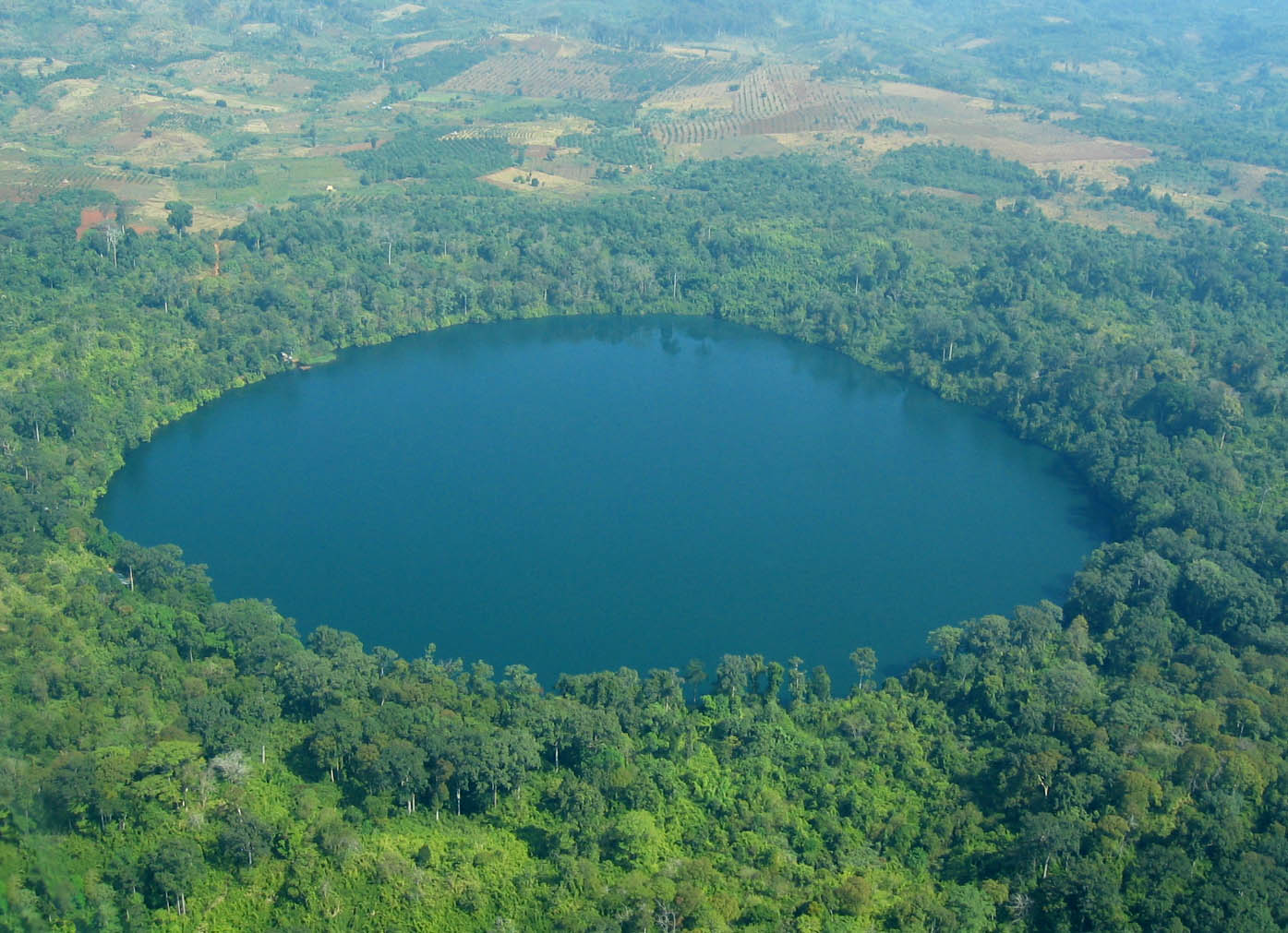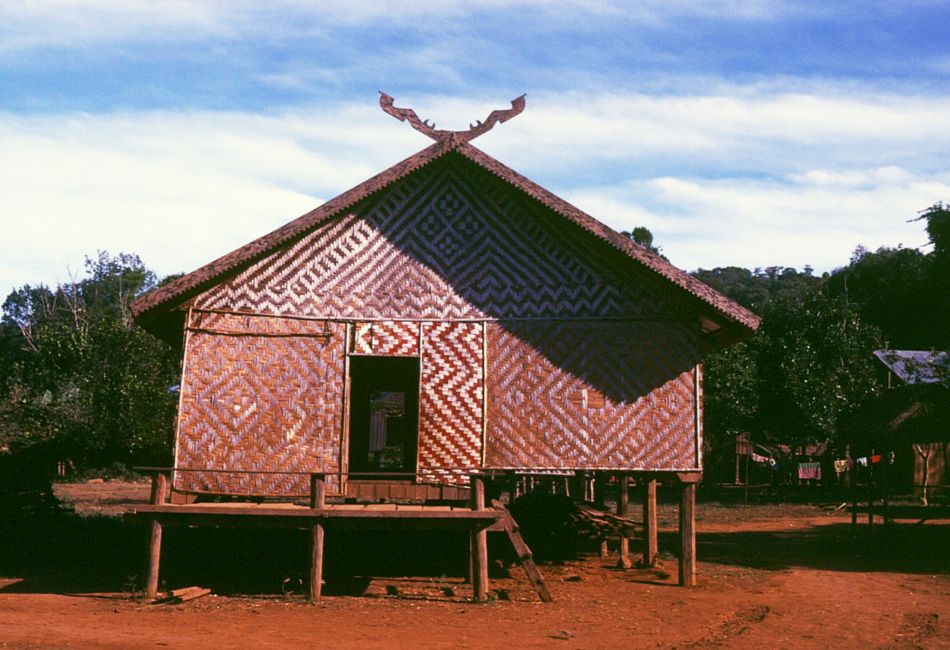Cập nhật: 01-01-1970 12:00:00 | Blogs about Cambodia | Lượt xem: 1373
Although Ratanakiri might not be the first name that pops up in our minds when it comes to Cambodia travel, it is still one of the most mesmerizing spots in this country and worth a visit if your time permits.
Discover Ratanakiri and the untamed beauty of Cambodia’s northeastern frontier
Although Ratanakiri might not be the first name that pops up in our minds when it comes to Cambodia travel, it is still one of the most mesmerizing spots in this country and worth a visit if your time permits. Loved for its characteristic dark-red earth, rugged landscapes, pristine rainforests, volcanic lakes, and diverse wildlife, this province is a great destination for outdoorsy travelers, especially those who love to explore another side of Cambodia we often hear of. If you’re looking for an off-the-beaten-track location with splendid natural beauty, Ratanakiri guarantees a superb adventure you can hardly forget.

Ratanakiri is a remote province in northeast Cambodia, bordering Vietnam and Laos. It is sparsely populated, with its inhabitants making up only about 1% of the country’s total population. The province is mainly populated by hill tribes, with the Jarai, Tampuen, and Kreung being the most populous. The capital of Ratanakiri is Banlung, a city known for its breathtaking natural beauty and vibrant local culture.
Ratanakiri Province is also known as “Tropeang Krohom” (Red Pond), which implies the red earth that covers most of the roads in the area. Its topography is impressively diverse with rolling hills, mountains, plateaus, lowland watersheds, and even crater lakes. Characterized by its unique nature and rich resources, this stunning haven offers various opportunities for eco-tourism and is referred to as one of the best attractions in Cambodia. Besides a leisure Cambodia sightseeing Siem Reap exploration 4 days, you can add on Ratanakiri as an off-the-beaten-track destination in your Cambodia holiday.

At an altitude of 200 - 400 m, Ratanakiri’s weather is slightly cooler than other parts of Cambodia, with temperatures typically ranging between 20°C and 33°C. Its climate is defined by two primary seasons: the dry one (November to April) and the rainy one (May to October). Visiting Ratanakiri during the rainy season will be quite challenging due to muddy conditions and intermittent rain, which will affect outdoor activities. Therefore, the dry season is a better period for a tour around the region.
However, the dusty roads leading to Ratanakiri might be a huge issue during dry months. So, to make the most of your trip, consider planning it between November and December - when the rainy season has just finished and the dust has yet to become too troublesome.
Banlung Ratanakiri is located about 630 km from Phnom Penh and can be reached by bus within 10 - 12 hours. Prices for such rides fall around $10 - $12 per person. It’s recommended to take a night bus to make the most of your time and remember to book in advance during travel seasons.
Minivan is another common option to get to Ratanakiri Cambodia from Phnom Penh. It’s slightly faster than buses and less crowded, but might not be ideal for such a long journey. The prices for minivan transfers are also notably higher at around $20 - $30.
For those who prefer flying, the nearest airport is in Kratie Province, which lies approximately 240 km from Banlung. Buses from Kratie to Banlung cost roughly $8 - $15 and the journeys often last 4 - 6 hours.
The most common options for moving around Ratanakiri are local tuk-tuks and motorbike taxis, both provide easy ways to visit nearby attractions at affordable prices. If you wish to explore the region at your own pace, you can also rent a motorbike at any rental shop or guesthouse in Banlung, which costs about $7 - 12 per day.
Accommodation
There have been more well-maintained hotels and guesthouses in Ratanakiri compared to a few years ago, especially around Banlung, so finding one that suits your needs isn’t a big problem now. The prices for one night here range from $2 to $160, depending on the rank of the facility. If you are seeking a nature-centered experience, several eco-lodges near Banlung provide beautiful settings amidst the natural landscape. For an authentic cultural experience, try staying in a local homestay with an indigenous family.

Formed by a volcanic eruption around 4000 years ago, Yeak Laom Lake is now one of the most striking attractions in the whole region and a must-see for anyone visiting Ratanakiri. This crater is only 5 km from Banlung and can be easily accessed via a short tuk-tuk ride. Its crystal-clear water, together with the lush green forest surrounding it, makes Yeak Laom a perfect spot for swimming and soaking up the peaceful atmosphere. The 3-km trail circling the lake, which offers amazing views of the area from different angles, is also one of the best places for hiking in Cambodia. The entrance fee for Yeak Laom Lake is about $2 per guest.
Another prominent feature of Ratanakiri is its spectacular waterfalls, each of which stands out with its charm. The nearest waterfalls you can find around Ban Lung are Veal Rum Plan, Cha Ong, Ka Chanh, and Ka Tieng, all are great for relaxation and refreshing dips. If your schedule allows, you can check out Ou’Sean Lair Waterfall - a lesser-known yet equally beautiful fall located 26 km from the main town. It might be a little remote, but it offers a more secluded and tranquil experience.

Spanning over 3,300 km2 across two provinces Ratanakiri and Stung Treng, the Virachey National Park is one of the most biodiverse areas in Cambodia. It’s located about 50km from Banlung and offers countless trekking opportunities through dense forests, river valleys, and grasslands. You can either start your excursion in Banlung or drive there and trek around the park. This is also an enthralling spot for other outdoor activities like hiking, camping, and bird-watching. If you are in the mood for an even deeper local experience, try spending the night in a homestay in one of the Brau villages nearby.
Ratanakiri is home to several indigenous communities, each with its distinct customs, dialects, and way of life. A visit to local villages will help you gain better knowledge about their traditional practices, such as their housing styles, spiritual beliefs, and traditional farming methods. It’s recommended to book a tour with a local operator or at least go with a local guide, who can introduce you to the communities. Remember to dress modestly, ask before taking photos, and respect their culture.
One of the biggest businesses in Ratanakiri is gem mining. There are many kinds of gemstones produced here, but the most praised is the blue zircon, which is prized for its vivid hue and clarity. By joining a local mining tour, you will have the chance to see firsthand how miners dig by hand, sort through the volcanic soil, and use simple tools to uncover gemstones like zircon, topaz, and amethyst. A gem mining tour in Ratanakiri offers a fascinating look at the blend of natural beauty, skilled craftsmanship, and cultural heritage that defines the province’s gemstone industry.

Essentials Tours - 4 days 3 nights

Culture - History - 10 days 9 nights

Essentials Tours - 12 days 11 nights















